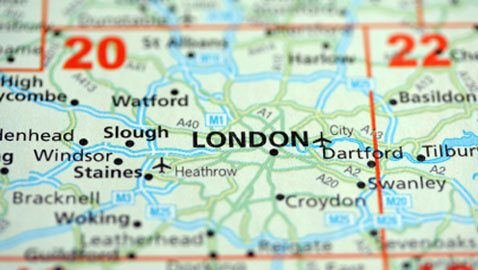
The July data from Land Registry’s House Price Index has shown an annual price increase of 0.8%.
This takes the average property value in England and Wales to £164,098.
The monthly change from June to July shows an increase of 1.0%. Repossession volumes decreased by 23% in May 2013 to 1,365 compared with 1,765 in May 2012.
The region in England and Wales which experienced the greatest increase in its average property value over the last 12 months is London with a movement of 6.3%.
Both London and the East Midlands experienced the greatest monthly rise with a movement of 2.1%.
The region with the greatest annual price fall is Wales with a decrease of 2.2%. Wales also saw the most significant monthly price fall with a decrease of 0.5%.
The most up-to-date figures available show that during May 2013, the number of completed house sales in England and Wales increased by 19% to 62,651 compared with 52,516 in May 2012.
The number of properties sold in England and Wales for over £1 million in May 2013 increased by 28% to 740 from 576 in May 2012.
The region with the greatest fall in the number of repossession sales was Yorkshire & The Humber where repossessions dropped by 32% (185 in May 2013 compared with 272 in May 2012).
Peter Rollings, CEO of Marsh & Parsons, said: “The increase in transactions is testament to the fluidity of the market, which is reaching every corner of the country. With interest rates virtually guaranteed to remain low until at least 2015, many buyers will be feeling confident and ready to buy.
“The figures for London show the capital’s property market continuing to surge ahead in another gear to the rest of the country. A 6% increase represents an orderly rise in property values across the capital, although this can be higher in the very desirable areas of Prime London, where demand remains strong from both overseas and domestic buyers.
“Our research has found a 14% increase in Prime London property values in the last year, but we expect this rate of growth to stabilise. The Land Registry figures also demonstrate the complexity of the London market and the varying levels of growth in its mosaic of different areas. Some may be surprised to see the London boroughs of Lambeth and Wandsworth increasing at a faster rate than Kensington & Chelsea, thanks to the gentrification of these up and coming areas.”